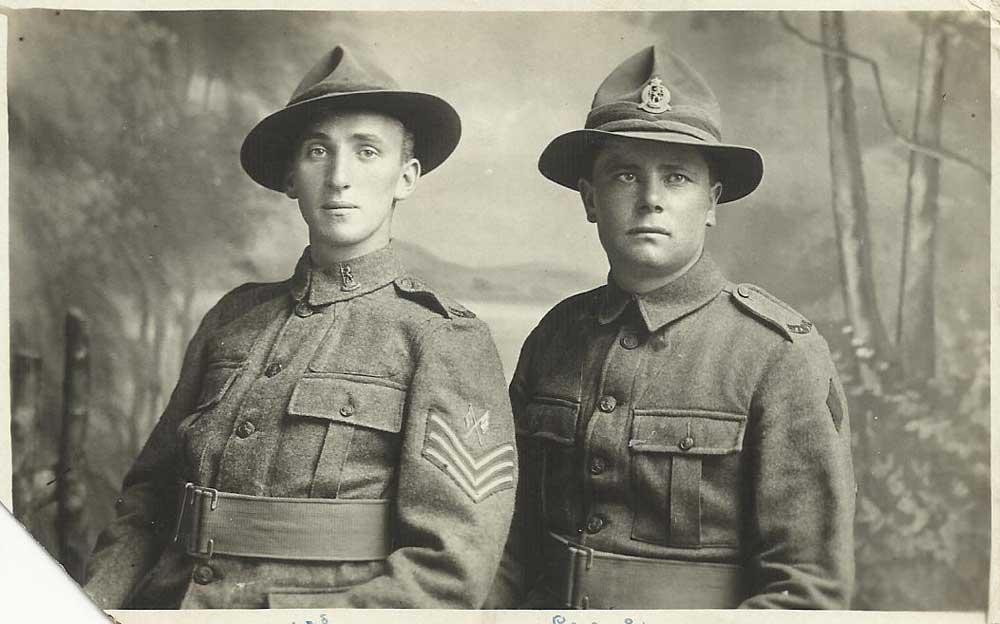Tracing the Averis family’s connection to the Western Front and back
The Averis family knew sacrifice before youngest son Cecil was conscripted to fight in the First World War. His younger brother Frank was killed at Gallipoli in August 1915.
While Cecil’s mother Emma was still grieving, his name was drawn in the first South Canterbury ballot in 1916.
A carpenter by trade, he exchanged his tools for a rifle and joined the New Zealand Rifle Brigade as part of the 25th Reinforcements, which departed in April 1917.

Cecil’s granddaughter Carole Smith, who lives in Christchurch, says when his name was drawn from the ballot, his mother was devastated and worried she would lose a second son to the war.
After seeing action across the Western Front, including at the Battle of Le Quesnoy on 4 November 1918, Cecil made the long trip home to Aotearoa New Zealand in 1919.
Cecil died when Carole was just 19. “I never really had a chance to truly hear about his experiences during the war. I wished I’d asked more questions,” she says.
Carole has pieced together Cecil’s story through official records, mementoes passed down through the family, and visiting the New Zealand Liberation Museum – Te Arawhata in Le Quesnoy where he served over a century ago.
A life changed forever
The Averis family emigrated to New Zealand from England in the 1874, forming strong roots in the local farming community of Kingsdown near Timaru in South Canterbury.
The third youngest of 10 children, Cecil followed one of his older brothers into carpentry.
Life before the war was simple and modest. As Carole notes, “he was a young man living his life. He was working and spending time with his family and community, and then his name was drawn and his life changed overnight.”

Life during war time
While training with the New Zealand Rifle Brigade, his carpentry skills were quickly recognised, and he was often assigned to building projects.
Carole knows little about the year he spent on the Western Front – like many Kiwi soldiers, Cecil had started to keep a diary of his time in the forces, however his entries stopped when he headed to France in 1917. Carole had to decipher his military records, picking up his story on 4 November 1918 when his unit played a key role in the liberation of Le Quesnoy – a fortified French town held by German forces.
On that famous day, New Zealand troops scaled the 17th-century walls of the town by ladder, freeing its inhabitants after four long years of occupation.
Cecil served in the 3rd Battalion which was responsible for encircling Le Quesnoy to force the German surrender.
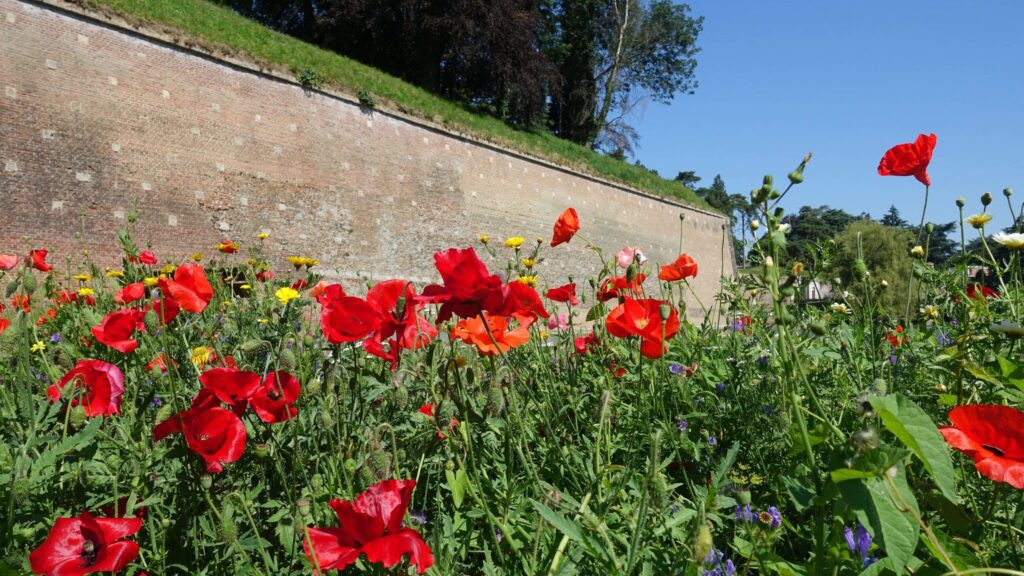
For Carole, discovering her grandfather had been present at Le Quesnoy was moving: “It made it more real, to know he had been there, even if he never spoke of it.”
This year, Carole and her husband Simon fulfilled a long-held wish to visit Le Quesnoy.
During the trip, she explored Te Arawhata where she learned more about what her grandfather likely experienced.
“You can read the service record and being there puts it into perspective,” she reflects. “I always wish I’d known him better, but reading about what he experienced made me feel closer to him.”
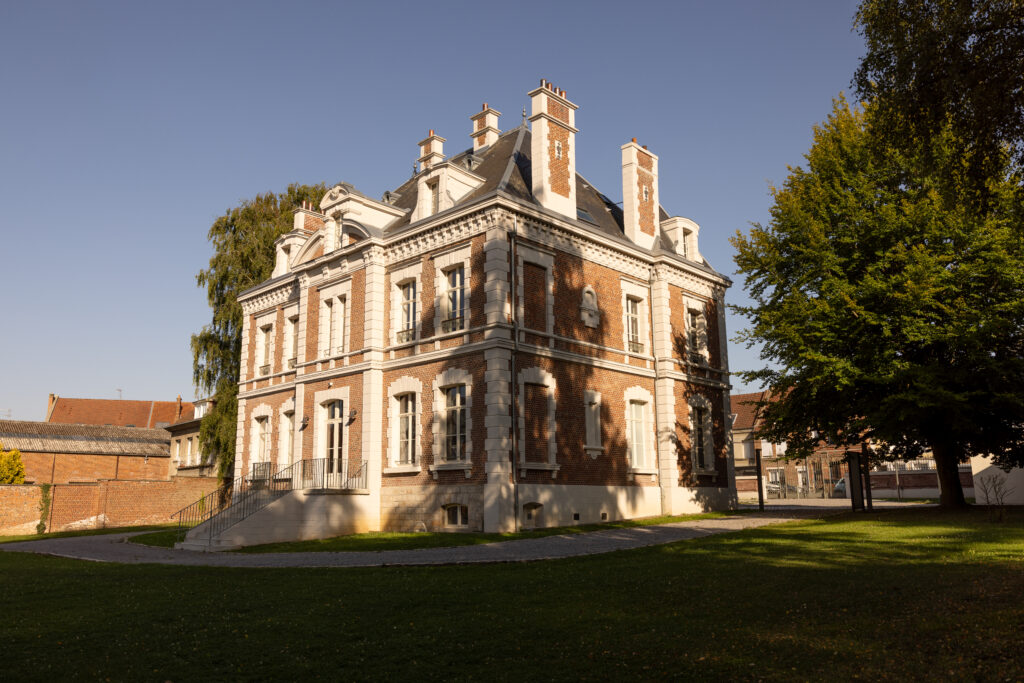
The importance of Le Quesnoy endures not only in French history but also in New Zealand memory.
Today, the town of Le Quesnoy remains forever linked with New Zealand through that act of courage and cooperation. Home to the NZ Liberation Museum – Te Arawhata, it stands not only as a memorial to the New Zealanders who gave their lives during the final days of the War, but also as a tribute to the connection forged between Kiwis and the people of Le Quesnoy, and the shared commitment to remembering the past.
Life after war time
Following the Armistice of November 11, 1918, Cecil marched with the New Zealand Division into Cologne, Germany, as part of the occupation force.
Among the keepsakes passed down through the family are billet tickets from Cologne and a pair of German binoculars.
Remarkably, unlike many of his fellow soldiers, Cecil escaped the war without any major physical wounds. Carole recalls wondering whether his later quietness and hearing loss might have been related to the war. “But there was no record of serious injury. None that survives at least.”
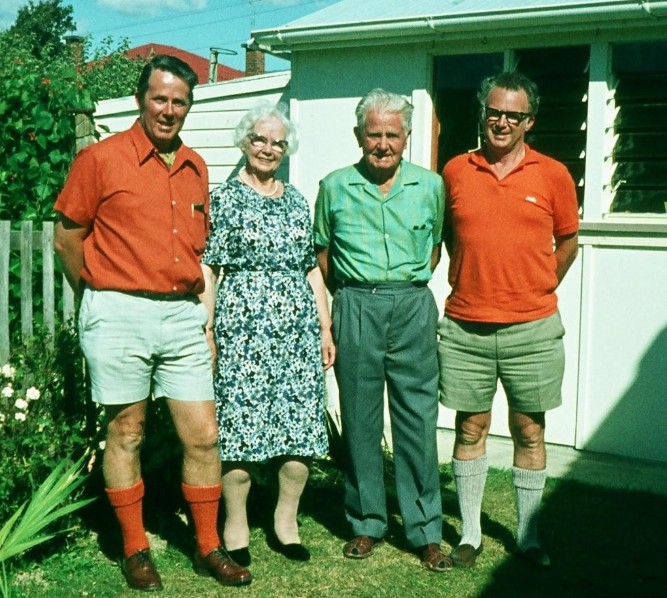
Home again
In June this year, Carole and her husband Simon visited Rouen, the same city her grandfather passed through in 1919.
“The town has probably changed a bit since then, but it was good to visit somewhere where my grandfather had been,” Carole noted.
After Cecil arrived back in New Zealand in 1919, he married Edith McLauchlan, known to everyone as “Edie”. They had two sons, Dereck and Carole’s father Ian.
The Great Depression of the 1930s brought hardship and work in Waimate dried up, forcing the family to move to Rangiora in search of work.
With the onset of the Second World War, builders were in great demand and Cecil assisted with extensions to Army and Air Force camps in the South Island. He then moved to the North Island to build Air Force stores in the Mangaroa Valley near Upper Hutt.
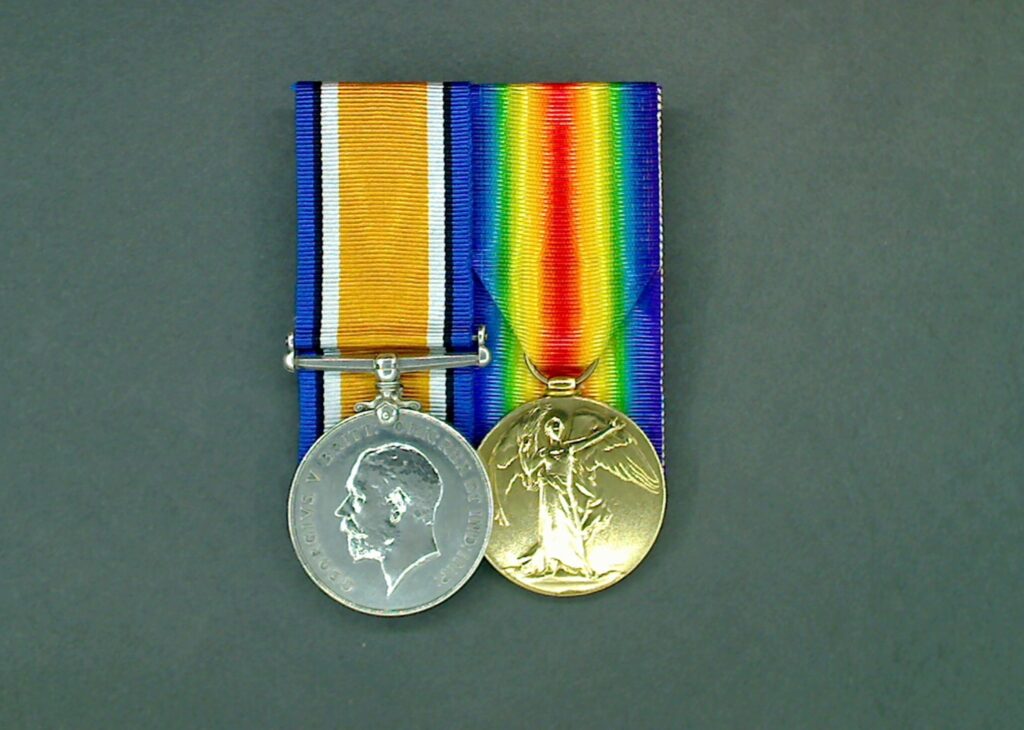
Towards the close of the war, the State House building programme commenced, and Cecil was part of the team that built many of the state houses in Lower Hutt. He never lost his love for carpentry. Even in his seventies, he was still working part-time at a business across the road from his home in Upper Hutt.
Today, Cecil is remembered not only as a soldier but as a loving grandfather who returned home with the aim of creating a peaceful life.
Carole remembers her grandfather as a gentle man who never raised his voice.
“Uncovering his story is a way for the family and me to honour his sacrifices and the sacrifices of the thousands of other New Zealand soldiers who went to war.”
